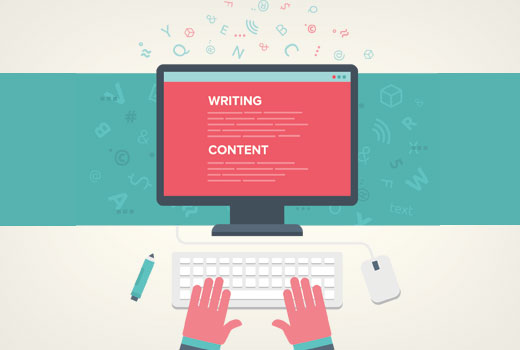The choice of the template is a very important decision for your blog, you cannot leave it to chance or be guided by the appearance, many times we choose themes that are not at all functional for our project, there are beautiful templates but perhaps they will not be the most suitable for your audience.

What should I think before buying a template?
First you have to choose the type of layout you need, there are different types depending on their use: for example magazine, blog, one page, portfolio , for example a fashion blog will surely opt for a portfolio layout instead of a magazine type. Normally , the main page is usually looked at a lot , we believe that it is the entrance page of our visitors, but in a blog we must consider that the readers enter through a post , and this can be any one, for which we must first see how the entry page is. blog, choose a theme that is practical and functional. The loading time of the template! if there is a demo, test it in Google page insights to tell you the speed and possible failures of the template and most importantly if it is optimal for mobile devices. Before I even see the template at all, I try it out so as not to get my hopes up, because loading speed is a weighty factor in SEO. You don’t have to go crazy, neither will give 100% but if you doubt between two, it is a better way to choose a template than tossing a coin. Support, technical service and documentation: they are very important as well as the opinions of users in places like envoi you can see their history of updates, it is important that the support team keeps updating the templates Updates typically fix device compatibility flaws, security holes, and major issues. If a company doesn’t support their templates don’t bother installing them.
About the template design that suits me best:
As you will see, the templates are precious because they usually use their own builders to be able to design the pages , keep in mind that if by chance you change the template, what you have edited through them will not be exported, so you should use them as little as possible, I recommend using them only for main pages and avoid it in posts; imagine having to tweak all your blog posts because of a template change. Something very important is the widgets, observe the appearance and those offered by the template, although there are ways to include widgets in other ways, the ideal is to use those of the template itself.
Don’t discard a good template for design elements that are then very easy to change in the style.css file., width of the text column, padding between widgets, colors, font, element sizes…. What is the ideal template? I professionally recommend using the genesis framework and a template for genesis, for professional projects I use it but it has a problem the price is more or less €120 and the added difficulty of having to learn and depend on a framework. I recommend it for companies not for individuals. The ideal template for a blog is the one that allows you to edit your posts easily, quickly and cleanly. When someone has doubts about what kind of template to use, I refer them to Medium, a very interesting blog platform created by Twitter, you will see the minimalist design that reminds of a book.







